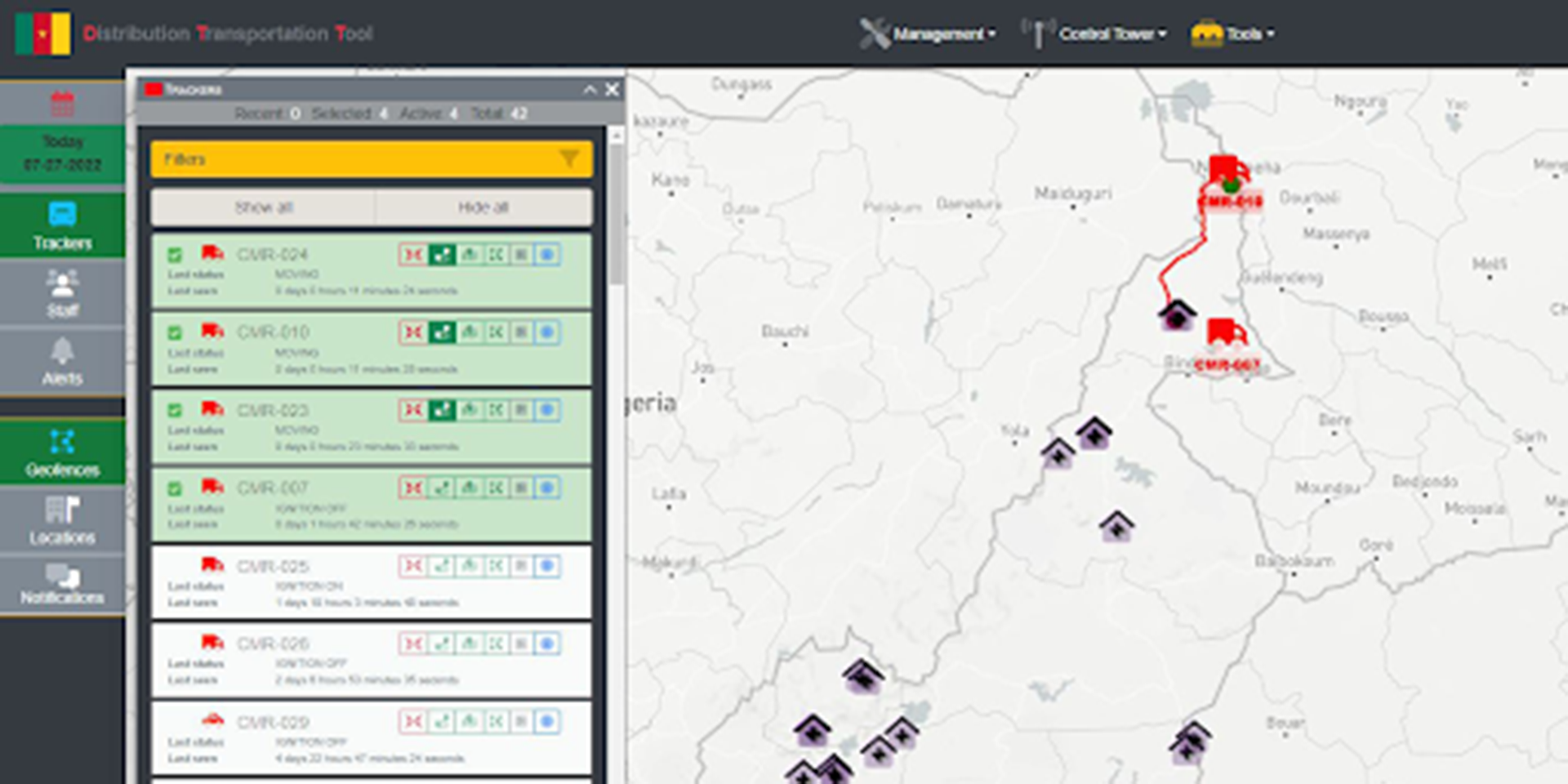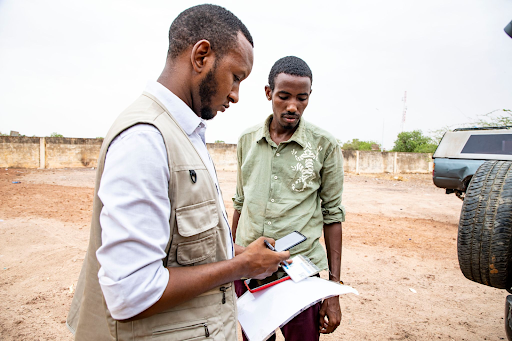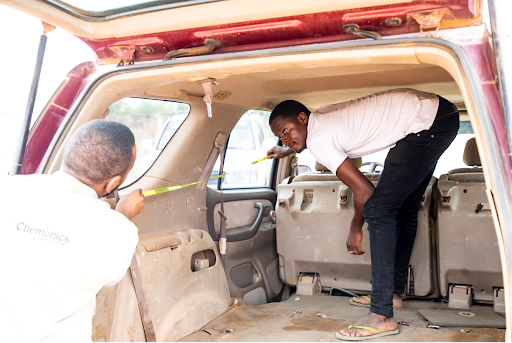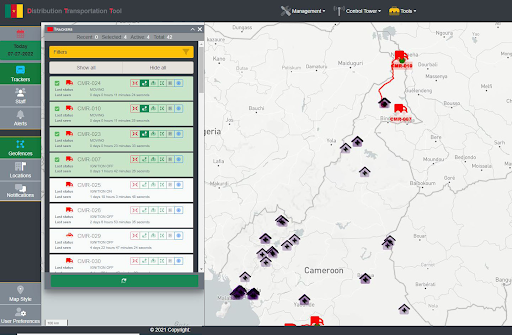Inspired by Amazon and other well-known private-sector companies, those working in public health supply chains have aimed for several years now to provide visibility into deliveries of public health commodities using Global Positioning System (GPS) tracking.
The USAID Global Health Supply Chain Program-Procurement and Supply Management (GHSC-PSM) project supports private-sector engagement to outsource key supply chain functions to sustain and advance health supply chain operations. Contracts with third-party logistics (3PL) providers include a clause that requires them to furnish GPS tracking for the distribution of USAID commodities, with the project having access to that application. However, in practice, this rarely produces the intended outcome: visibility of commodities as they move throughout the country during distribution.
In Haiti, Cameroon, Niger, and other countries, this requirement for GPS tracking accessible to the project has proven difficult to implement. The reasons behind this failure vary but include uneven 3PL compliance and the nature of awarded contracts. For example, having multiple contracts with 3PLs can mean project staff dealing with numerous usernames and passwords and even multiple GPS tracking platforms. Moreover, it would be impossible to have total visibility of all vehicles moving during distribution. In some cases, being awarded a contract is not a guarantee of revenue, and thus it may prove difficult for a 3PL transporter to increase operational costs by subscribing to a GPS service without having guaranteed income.
In 2019, while issuing a new request for proposals for transport in Haiti, challenges with access to GPS tracking platforms emerged as a critical issue. As a result, GHSC-PSM piloted the use of a US-based commercial provider of GPS tracking. After several months of implementation, the project expanded to Cameroon and Niger.




